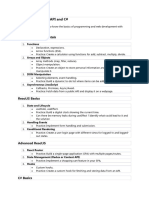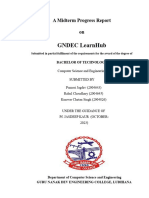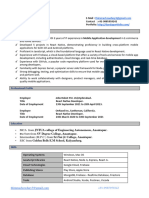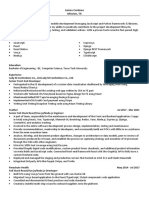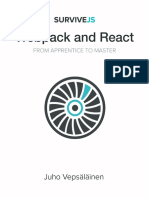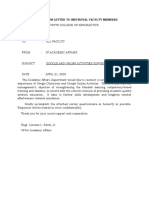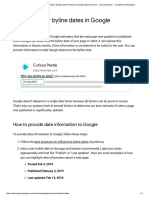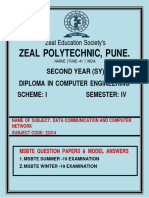0% found this document useful (0 votes)
17 views14 pagesTodo List Project PDF
The document outlines a lab file for a Skill Development project submitted for a Bachelor of Technology in Computer Science & Engineering at LNCT University, Bhopal. It details various experiments including web application development, JavaScript features, database connectivity, and a To-Do application with comprehensive documentation on its structure, usage, and potential enhancements. The To-Do application aims to improve task management and productivity, offering features like task prioritization, reminders, and potential future enhancements such as user authentication and mobile app development.
Uploaded by
srishtihazra73Copyright
© © All Rights Reserved
We take content rights seriously. If you suspect this is your content, claim it here.
Available Formats
Download as PDF, TXT or read online on Scribd
0% found this document useful (0 votes)
17 views14 pagesTodo List Project PDF
The document outlines a lab file for a Skill Development project submitted for a Bachelor of Technology in Computer Science & Engineering at LNCT University, Bhopal. It details various experiments including web application development, JavaScript features, database connectivity, and a To-Do application with comprehensive documentation on its structure, usage, and potential enhancements. The To-Do application aims to improve task management and productivity, offering features like task prioritization, reminders, and potential future enhancements such as user authentication and mobile app development.
Uploaded by
srishtihazra73Copyright
© © All Rights Reserved
We take content rights seriously. If you suspect this is your content, claim it here.
Available Formats
Download as PDF, TXT or read online on Scribd
/ 14



















